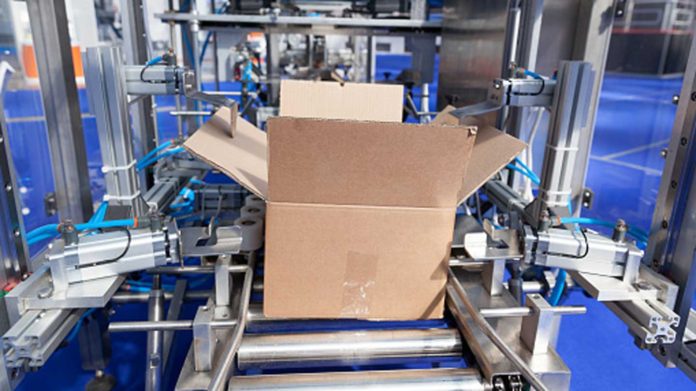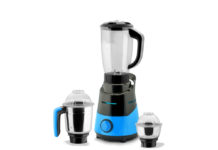Linear motion track systems or linear systems are the main components of machinery. Your machine will ultimately stop if your linear guide stops. This will result in a rise in the cost of production downtime. If your linear systems are not providing low friction movements than normal, you have to derive more power, which can strain your machine’s motors. Hence, selecting the right linear guidance system is necessary. However, it can be a daunting task. Engineers like rotary bearing technology, but they can be a bit complicated. There are a few myths we need to debunk regarding the linear guidance system.
Linear systems are complicated
Linear guidance systems use elements like balls, rollers, etc., between moving guidance elements that maintain a direction of motion along the track. These systems guide and conducts force between machine parts that moves in a translational direction. Hence they have a great effect on the overall performance of a machine. A linear supplier typically will offer a range of sealing applications for the different bearing types depending on the application requirements. Safety fence plays an important role in this type of industrial equipment.
Custom and maintenance-free systems
Linear guidance systems need to operate in conditions and environments like high temperatures, high speeds, high accuracy, low noise, etc. All linear guidance systems can be supplied with accessories to enhance the product’s performance to achieve a maintenance-free operation and a reduced TCO. Systems and accessories like lubrication systems, sensors, corrosion-protected coatings, sealing arrangements are used to protect against any kind of contamination. A linear supplier should also offer a range of linear accessories like plugs, guide way covering strips, etc.
Linear guidance systems can’t be customized
Linear Quick Center is available for customizing and assembling linear bearings and guidance systems. This includes the cutting and machining shafts, track roller guidance systems, monorail guides, etc., to a customer’s certain needs.
Linear guidance systems aren’t suitable for many applications
Linear guidance has a great range of applications that are suitable for particular tasks. For example, shaft guidance systems are simple guidance machinery and work on low, moderate accuracy. These types of guidance systems are old and based on rolling elements. They contain a hardened and ground shaft and more than one low friction linear ball bearings. These shaft and ball bearings move back and forth and support high radial loads. Great examples will be fitness equipment.
Track roller guidance systems come with carriages, composite guide ways, and track rollers. They combine to get effective designs that don’t cost much. These are lightweight systems and offer low noise, long travel distances, and high speed. They support multi-dimensional forces and very suitable for handling systems, machinery, machine guards, etc.
Monorail guidance systems have one or more carriages that run on rails. The rolling elements are guided by a recirculation system where it rolls with balls or rollers. These systems offer immensely high load carrying capacity and rigidity. Machines like packaging machinery, medical equipment, tool axes, mechanical handling systems, and other machinery use monorail systems.
Conclusion
These were some myths of linear guidance systems debunked! If we explain the myths in one line, linear systems can be customized, suitable for any applications, aren’t complicated and maintenance-fee,












